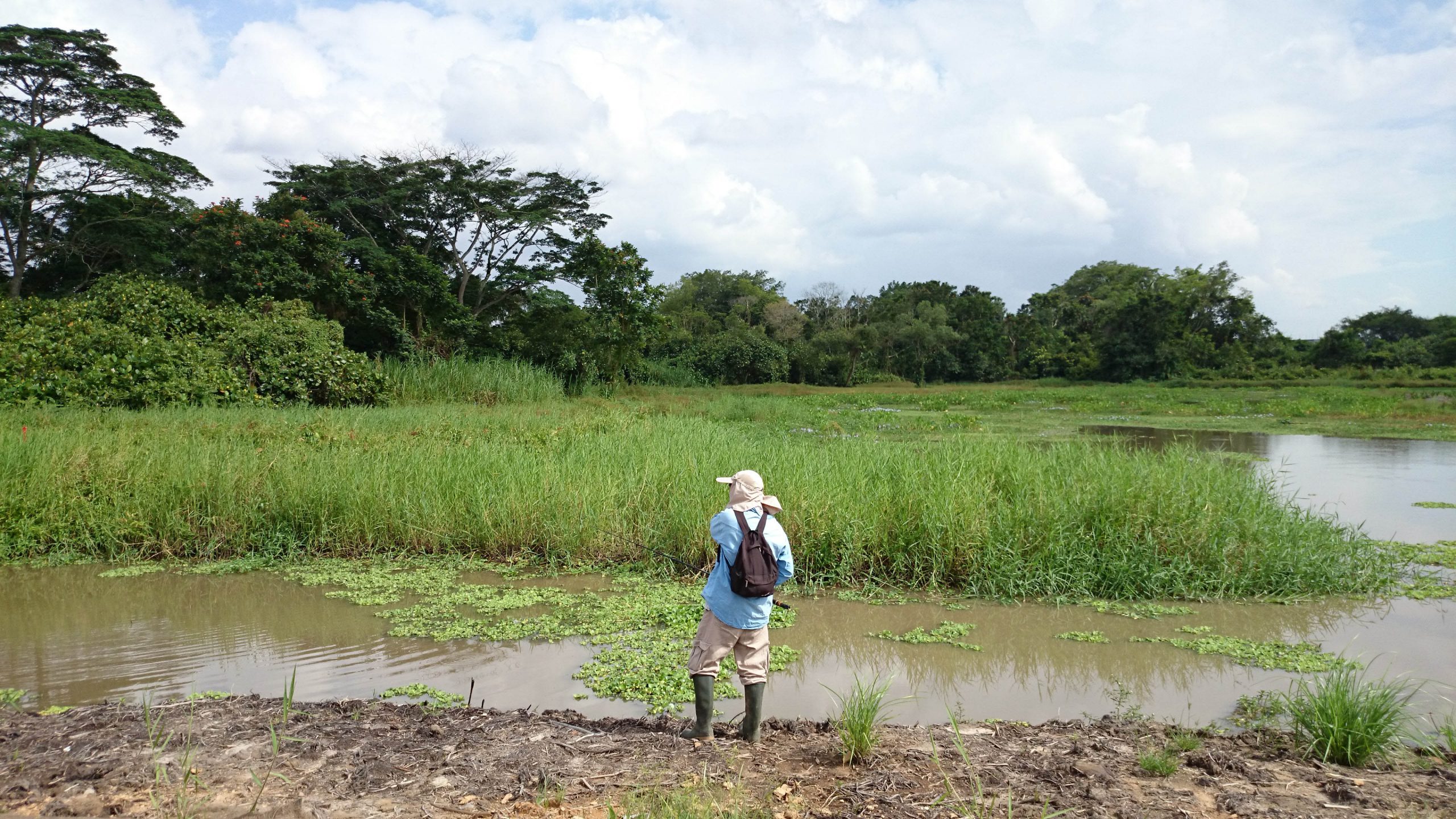A Blue Carbon Framework for Singapore’s National Climate Change Policy (BlueCarbonSG)
February 5, 2024
Mangroves, seagrasses, and saltmarshes are termed ‘blue carbon’ ecosystems because of their potential to remove greenhouse gas emissions from the atmosphere and store them in the vegetation and soils, which is effective in tackling climate change. Blue carbon ecosystems can remove and store greenhouse gas emissions at rates several times greater than terrestrial ecosystems such as tropical rainforests, grasslands, and deserts. This efficiency indicates the global potential of blue carbon in the fight against climate change. This indication is supported by research showing global conservation and restoration can avoid 304 Teragrams (Tg) of carbon dioxide (CO2) emissions per year, while drawing down a further 841 Tg carbon dioxide per year from the atmosphere.
The Paris Agreement is a legally binding international treaty on climate change, providing countries with a pathway to incorporate nature-based climate solutions into overall climate change mitigation and net zero efforts. At the 2021 United Nations Climate Change Conference (COP26), a dozen countries, mostly small island states, incorporated blue carbon targets into their Nationally Determined Contributions (NDCs). This suggest potential for countries like Singapore to incorporate blue carbon into existing climate change policies.
‘A Blue Carbon Framework for Singapore’s National Climate Change Policy (BlueCarbonSG)’, led by Assistant Professor Hao Tang (NUS Geography) and funded by the National Research Foundation – National Parks Board Marine Climate Change Science Programme from 2023 to 2026, undertakes national blue carbon accounting to show the potential for blue carbon to contribute to Singapore’s greenhouse gas reporting and climate change targets. This will enable it to be incorporated into the next round of NDCs under the Paris Agreement. This is significant as the Paris Agreement requires all signatory countries to regularly report carbon sinks and emissions, and set ambitious targets to get greenhouse gas emissions to net zero. A number of small island states have committed to setting explicit blue carbon targets for their future reporting. As a small island nation, Singapore also has the potential to use blue carbon to meet its medium- and long-term climate change mitigation goals. While its blue carbon habitats are small, they have higher carbon densities which thus require less space to offset carbon emissions compared to terrestrial ecosystems. This can be seen from the mangroves in Singapore, which store 10% of all the carbon stored in Singapore’s secondary rainforests, despite being almost 16 times smaller. This is particularly important in a land-scarce nation.
Singapore reports its greenhouse gas inventory to the United Nations biennially. For 2016, Singapore reported emissions of 17.12 Gigagrams (Gg) of carbon dioxide equivalent (greenhouse gases that add to global warming including carbon dioxide) due to development projects. This figure does not consider blue carbon, despite its high carbon removal and storage potential, which can help Singapore offset a proportion of these land use emissions. The project enables Singapore to incorporate quantitative targets for blue carbon into the existing greenhouse gas reporting mechanisms for the first time. A ‘Singapore Blue Carbon Accounting Framework’, which can be applied to countries with similar national constraints through the Alliance of Small Island States (AOSIS), will also be developed.

